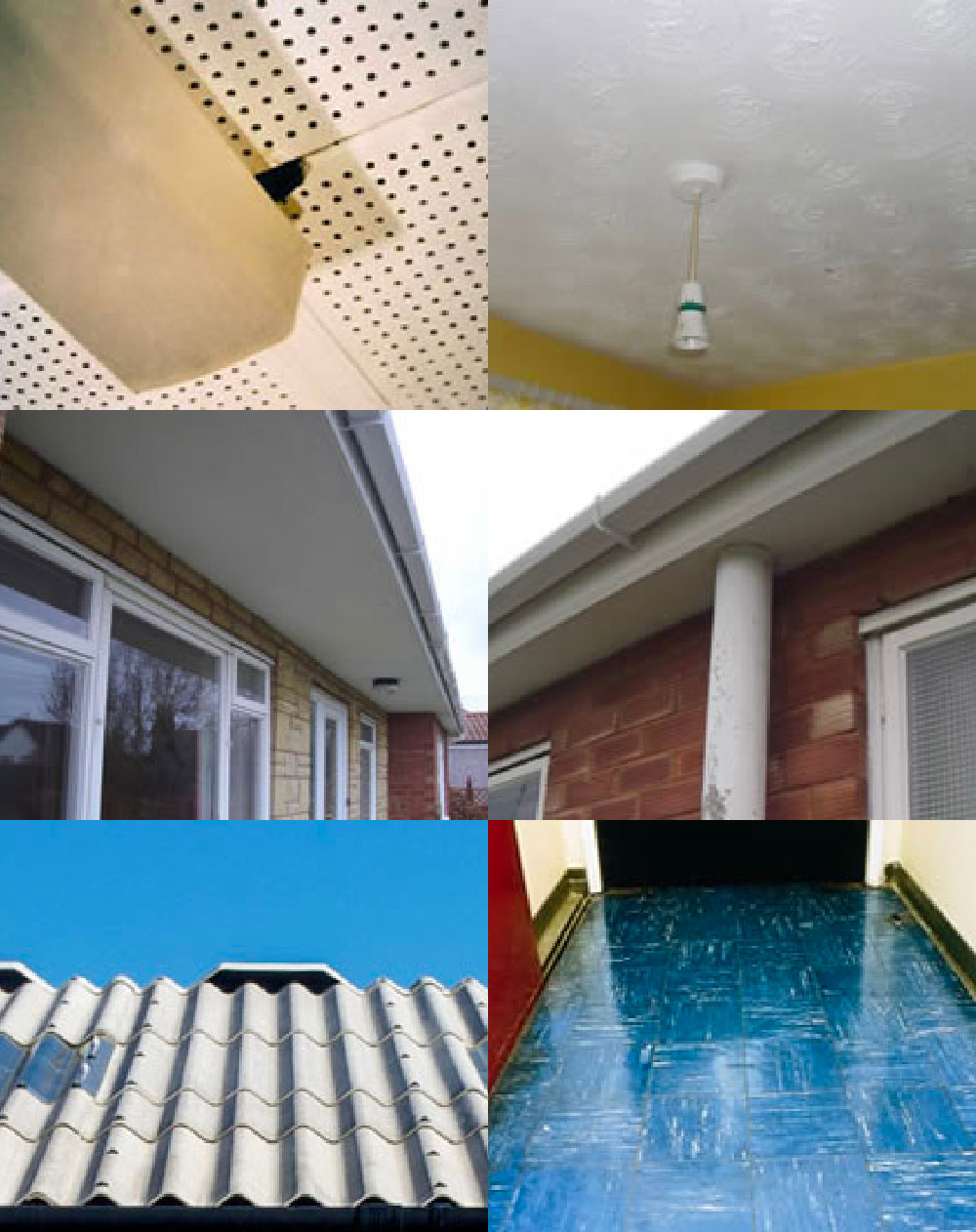You have a legal duty to manage asbestos. Why manage asbestos?
Asbestos must be properly managed to prevent people dying from asbestos related diseases in the future. Those who fail to comply with the Control of Asbestos Regulations (CAR) 2012 will risk crippling fines and even imprisonment. If you are responsible for managing the maintenance or repair of a building, you are the Duty Holder and you must manage any asbestos in it.

The asbestos regulations require you to:
- Take reasonable steps to determine the location and condition of materials likely to contain asbestos.
- Presume materials contain asbestos unless there is strong evidence that they do not.
- Make and keep up to date a record of the location and condition of the asbestos containing materials (ACM’s) or presumed ACM’s in the premises.
- Assess the risk of the likelihood of anyone being exposed to fibers from these materials and prepare a management plan setting out how the risks from the materials are to be managed.
- Take the necessary steps to put the plan into action.
- Review and monitor the plan periodically.
- Provide information on the location and condition of the materials to ANYONE who is liable to work on or disturb them.
Why is asbestos dangerous?
Asbestos fibres are small enough to pass into the lungs. They are barbarous and are resistant to the normal defence processes taking place in the human body, so they remain in the lung, often entering the lining. Over time this can cause lung diseases such as the following:
Mesothelioma
Mesothelioma is a cancer which affects the lining of the lungs (pleura) and the lining surrounding the lower digestive tract (peritoneum). It is almost exclusively related to asbestos exposure and by the time it is diagnosed, it is almost always fatal.
Asbestos-related lung cancer
Asbestos-related lung cancer Asbestos-related lung cancer is the same as (looks the same as) lung cancer caused by smoking and other causes. It is estimated that there is around one lung cancer for every mesothelioma death.
Asbestosis
Asbestosis is a serious scarring condition of the lung that normally occurs after heavy exposure to asbestos over many years. This condition can cause progressive shortness of breath, and in severe cases can be fatal.
Pleural thickening
Pleural thickening is generally a problem that happens after heavy asbestos exposure. The lining of the lung (pleura) thickens and swells. If this gets worse, the lung itself can be squeezed, and can cause shortness of breath and discomfort in the chest.


Where is Asbestos found?
Asbestos was widely used as a building material in the UK from the 1950s through to the mid-1980s. Any building built before 2000 can contain asbestos. Asbestos materials in good condition are safe unless asbestos fibres become airborne, which happens when materials are damaged. Some asbestos containing materials are more susceptible to damage and more likely to give off fibres than others. Materials that can contain asbestos include:
- Asbestos cement products
- Moulded or preformed lagging
- Sprayed asbestos
- Insulating boards
- Some ceiling tiles
- Millboard
- Some textured coatings (Artex)
- Bitumen roofing material and damp proof courses.
- Vinyl or thermoplastic. Floor tiles, black toilet seats and cisterns.
- Around the work place and home

